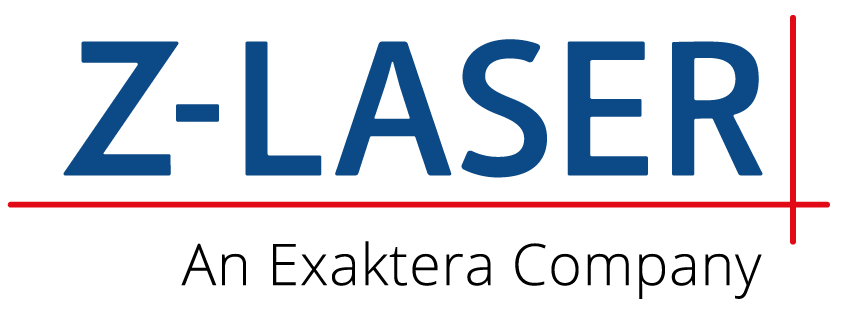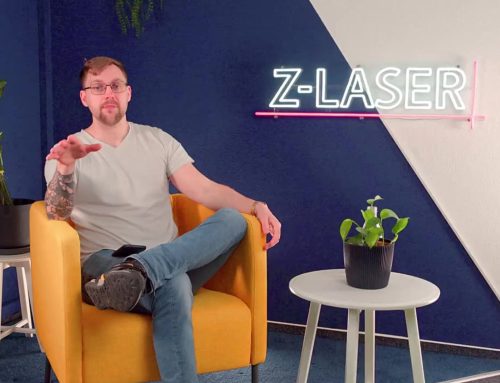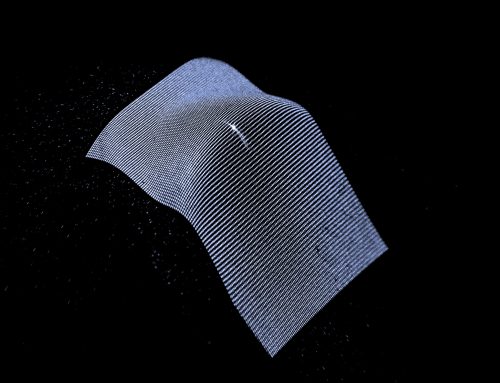With the increasing automation and acceleration of manufacturing processes and at the same time increasing quality demands, optical 3D measuring systems are moving more and more into focus. As soon as the geometry of an object is relevant for a measurement, laser triangulation offers great advantages over other (classic) 2D inspection methods. In the meantime, laser triangulation has become one of the standard optical measurement methods. In most cases, a laser is used to create a line that appears as homogeneous as possible. This line is projected onto a moving object and recorded with a matrix camera at a fixed defined angle. If the height of the object on which the line is projected changes, the position of the line on the camera sensor also changes at the same time. This change on the sensor can be translated into a height via the angular relationship in the triangle using appropriate machine vision algorithms. Through the constant movement during a measurement, mostly components on a conveyor belt, one obtains 3D coordinates of the complete objects, which can be compared with a target specification. Depending on the setup, measurement accuracies in the submicrometer range can now be achieved using this measurement method.
Since an end user usually does not want to deal with the development of a corresponding setup, many companies now offer complete setups in the form of complete sensors. These triangulation sensors already contain all the hardware required to record the 3D coordinates. Depending on the manufacturer, these sensors provide the user with either 3D data for further processing or finished measurement results.
Advantages of laser triangulation:
- Contrast-independent
- High to very high inspection speeds
- Very high measuring accuracy
- Relatively simple generation and evaluation of 3D data
- comparatively favourable
- Comparatively small size
- Manageable investment costs
- Many providers with different focal points (resolution, speed, costs,…)
Typical laser requirements for integration into a triangulation sensor:
- small size (especially length)
- consistent projection quality
- High flexibility in the selection of optical configurations
- Simple mechanical and electrical integration
- customized designs
- open communication interface (I²C)
- Simple adjustment of the output power
- Reading of operating parameters (running time, temperatures, ON/OFF cycles)
- Service before reaching End-of-Life Predictive Maintenance
Would you like to find out more about laser triangulation and the ZX20?
We are at your disposal for a non-binding discussion at any time.
Product: ZX20





